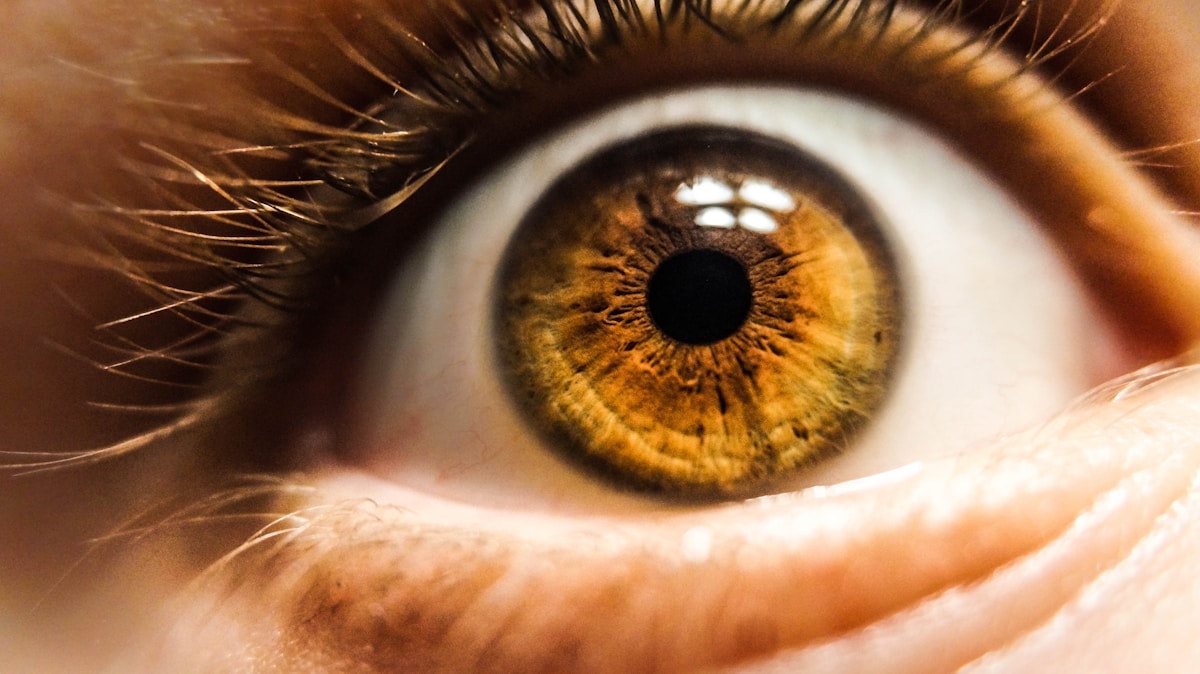Negative cyclical responses to high-stress situations
Neural loops are something that are omni-present in everyday-life. Thinking. Fighting. Decision-making. Habits. Patterning. Communication. Driving. Almost everything. They occur because of routine, comfort, default, connection. What happens is one automatically returns to either what is perceived to be working well, will get you out of a mess, or what one is most comfortable with. We’ve talked about heuristics previously and, while heuristics certainly can cause looping to occur, they are, in fact, two different entities. Heuristics give highest-percentage chance, best-possible outcome, or a good-enough solution in whatever context it’s needed. There is some consciousness that goes along with it in that decisions are made based on similar past circumstances, experience, exposure, and intuition (from experience, not a sudden burst of spider-sense that comes out of thin-air, to be clear. We have “good intuition” because it’s a situation that’s been crossed before. The greater the familiarity, the greater the intuition, generally)
Neural looping is different from this. It’s a repetitive cycling of the same (not similar) thing over-and-over, whether successful or not, generally brought-on by pressure, stress, and tension and the brain being stuck in a perpetual circle of limited-options. A break-state needs to occur for one to get out of that loop. It can be positive, but generally it’s a thing one needs desperately to get out of as the thing looping – is not working. We also have both micro- and macro-loops. Momentary, situational, circumstantial looping and grand-scale, big-picture, universal looping.
We see it in communication, where an individual repeats the same thing over-and-over trying desperately to drive home the nail with a hammer because a new idea, data, information, perspective has been presented. One is so concretely of the belief that one’s own “thing” is the correct, the only, the best “thing” that we simply are not able to process the new “thing” that came along, most often because it could be better. More progressive. Obscure. Unique. Three-dimensional. New. And it’s simply not at all something that could have been anticipated, has the potential to discredit or disprove or improve or de-value one’s own thing. One is stuck in first-person perspective and the loop becomes a defensive mechanism to defend oneself from perceived inadequacy, inferiority, or irrelevance. This can be micro (a scenario or single-engagement) or macro (repetitive ongoing behavior).

We see it in fighting, where under extreme pressure, one defaults to the same go-to move over-and-over. Hanging-on for dear-life or enthralled by the moment of connecting the first time or “forgetting” (from that extreme pressure) that there are other opportunities to do something finite. One goes to the well one too many times, misunderstands that a success may only be a success one time, that no thing works with high-efficiency over and over at high-levels and daunting opponents, and that others pick-up on patterns. I’ve seen one of what most call one of world’s best combatives/self-defense instructors loop in an adrenalized-state. He was powerful-enough, voracious enough, and sufficiently experienced where his looping was sufficient – but he did it, it was clear, and in an uncontrolled environment it could have been a different end-result – might not have…but could have. Maybe not, but the point to take from the event was that we all do it, and we generally don’t notice we do it. Being aware is invaluable in that it can happen even to the best of us. This would be an example of a micro-loop. (situation, single-event, one-trial)
We see it in thinking, where a person continually falls back on a viewpoint or thought process that one is far more comfortable with, has experience with, or one so deeply believes to be “the key” that one fails to see other potential and viable alternatives. Or noticing that the pattern has generally yielded non-positive results repeatedly in the past to our detriment. Paradigm-shifts, different paths, alternative ways of thinking, fundamental changes, radical-diversions in thinking are simply not easy to achieve. People generally stick to what (they think) works. It’s the “they think” that is the catch. What you “think” is working for you may not be working for you at all. Many others may even be able to see this clearly but you are adamant in your path and fully believe your map is, indeed, the territory. A blind dedication to a method that is no longer working or works initially giving a false sense of ad-nauseum success. (macro: scaled, time-driven)
We see it in relationships, in the friends we keep and the relationships we invest in. We pick the same profile of friend, girlfriend, wife, husband, peers, satellites, acquaintances to affiliate ourselves with. Many times those can be venomous and counter-productive to our emotional equilibrium but we do it anyways because, unbeknownst to us, we think that comfort represents success and reinforcement. While it’s a bit of a stretch, if a thing looks, talks, and acts the same, it often behaves the same as well. Looking desperately for the exact same thing but hoping and praying for different results has never yielded positive benefit. (macro, again)

I have at various points in my life “cleansed” my entire friend-base, daily routines, jobs, extra-curricular activities, and gone 180-degrees the opposite when picking a life-partner before. I noticed that, at various points, the friend-niches I was keeping were repeating the same routine – disloyal, unethical, limited, often illegal. I decided it was better to be completely alone than to be with others and feel, well, completely alone. And, while I truthfully do not have the vast volume of friends that many others seem to have, I also have far less problems with the ones I have chosen to spend my quality-time with and surround myself with. Tribes, to me, are unhealthy outside of immediate-family ones.
I also realized I was gravitating towards the same type of woman for a rather long time as well. Same color hair. Same family background. Same aspirations. Same manner of thinking. Same worldly-view. When I *finally* (years, and years, and…) came to that realization, I decided to start connecting with women that were the total antithesis to what had clearly caused immense heartache, loss, lack of self-confidence, emotional yo-yoing, and deep emotional trauma. Now, those things can be present anywhere and it pays to acknowledge this, but it sure does pay to search-out avenues that minimize and mitigate it. (macro)
I’ve made countless paradigm-shifts in my life in the last 20-25 years that were caused by varying degrees (macro & micro) of neural-looping. Universal, lifestyle-altering, full-cleansings that can leave one completely alone, isolated, ostracized, and hermetic. BUT, they can pay off. Short-term losses for long-term gains. It can be hard to see at first but countering neural-looping can be a new-lease on life – or circumstance. Long-term benefit and short-term. Breaking patterns and loops is a very conscious decision-making process but it’s very difficult to do if one isn’t aware of the loop itself. That’s an imperative element – that one becomes aware of the fact one is looping at all.
Neural loops are behavior, habit, decision, and even environmentally-driven. (small- and big-picture – trust-circle, home environment, work atmosphere, all the way to daily decision-making loops, as mentioned) We try and repeat the legitimacy of our actions in an unconscious manner to the point they get stuck, repetitive, and unbacked, even when greater evidence or option presents themselves. Spinning our tires in the metaphoric mud. A cerebral short-circuit. We all have them. Note also that they can, if noticed, be manipulated by someone pattern-coherent, astute, or even nefarious. Noticing that you can’t break from a non-effective cycle can be a valuable tool for someone trying to gain the upper-hand in whatever capacity, and it’s often beneficial to keep you in that cycle instead of allowing or assisting you in breaking-out.
Deep-understanding can help break those states – of big-picture, self, and result. Shallow-understanding generally presents the idea that habitual-decisions are comfortable, normal, “us” decisions…or that something is off but it’s probably nothing. Take a deeper look where your loops preside.




























